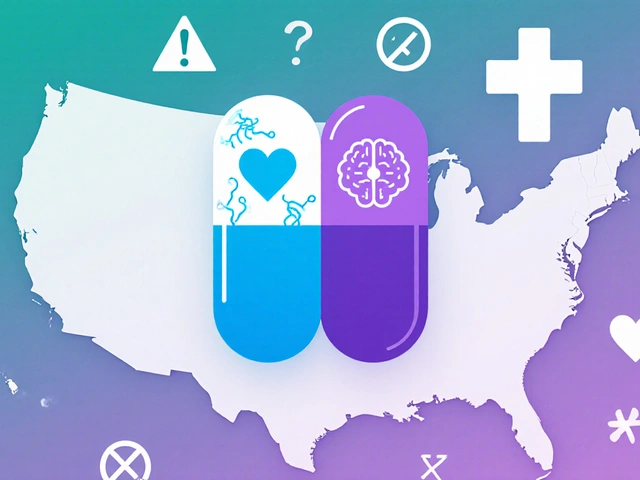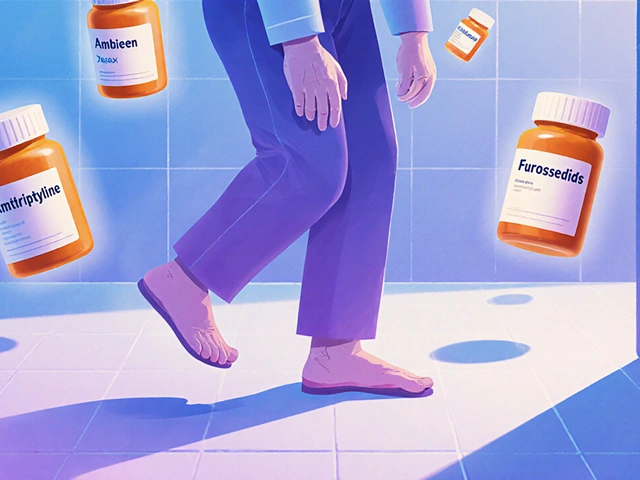Microneedling for Mottled Skin Discoloration: Real Results and Surprising Perks
April 28 2025Risk Factors That Influence Your Health and Medications
Ever wonder why two people on the same prescription can have completely different experiences? The answer often lies in the risk factors that shape how your body reacts. From age and weight to hidden health conditions, these factors can tip the scale between a smooth treatment and unwanted side effects.
Understanding risk factors isn’t just for doctors – it’s something you can use every day. When you know what raises your odds of trouble, you can ask better questions, adjust habits, and keep your meds working the way they should.
Top Everyday Risk Factors
Age and metabolism. As you get older, your liver and kidneys process drugs slower. That means a dose that feels fine for a 30‑year‑old might linger too long in an older adult, increasing side‑effect risk.
Weight and body composition. Many medicines are dosed by weight. Carrying extra pounds can dilute a drug’s effect, while being underweight can make the same dose hit harder.
Existing health conditions. Diabetes, heart disease, asthma, and kidney issues each create unique interaction points. A medication that’s safe for a healthy person might strain a compromised organ.
Genetics. Some people inherit enzymes that break down drugs faster or slower. This hidden factor can explain why a family member reacts oddly to a medication you tolerate well.
Other meds and supplements. Mixing prescription drugs with over‑the‑counter painkillers, herbal teas, or vitamins can trigger unexpected reactions. Even a simple vitamin D supplement can alter how a blood‑thinner works.
How to Reduce Your Risk
Start with an honest health inventory. List every prescription, over‑the‑counter product, and supplement you take. Bring that list to every doctor visit and ask specifically about interactions.
Keep your lab results handy. Blood tests that show kidney or liver function give pharmacists the data they need to adjust doses safely.
Don’t ignore lifestyle clues. Smoking, heavy drinking, and poor sleep can amplify drug side effects. Small changes—like cutting a nightly beer—can lower your risk dramatically.
Ask about alternative drugs. If a medication carries a high risk for your condition, there’s often a safer option. For example, many people swap a strong steroid for a milder anti‑inflammatory if they have a history of high blood pressure.
Finally, track how you feel. Write down any new symptoms after starting a drug, even if they seem minor. Early detection of a side effect gives you and your doctor a chance to act before things get serious.
Risk factors are part of everyday life, but they don’t have to control your health. By staying curious, asking questions, and keeping a clear record, you turn hidden risks into manageable details. Your meds will work better, and you’ll feel more in control of your well‑being.
 22 Sep
22 Sep
Type 2 Diabetes Explained: Symptoms, Causes & Risk Factors
Learn what type 2 diabetes is, recognize its symptoms, understand the underlying causes, and discover key risk factors to help you manage or prevent the condition.
Read More...




